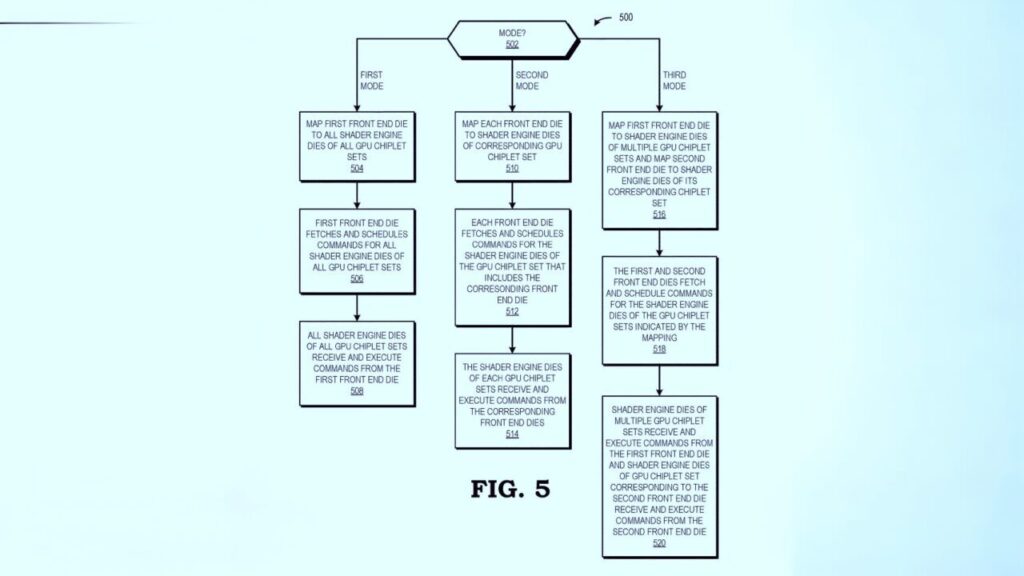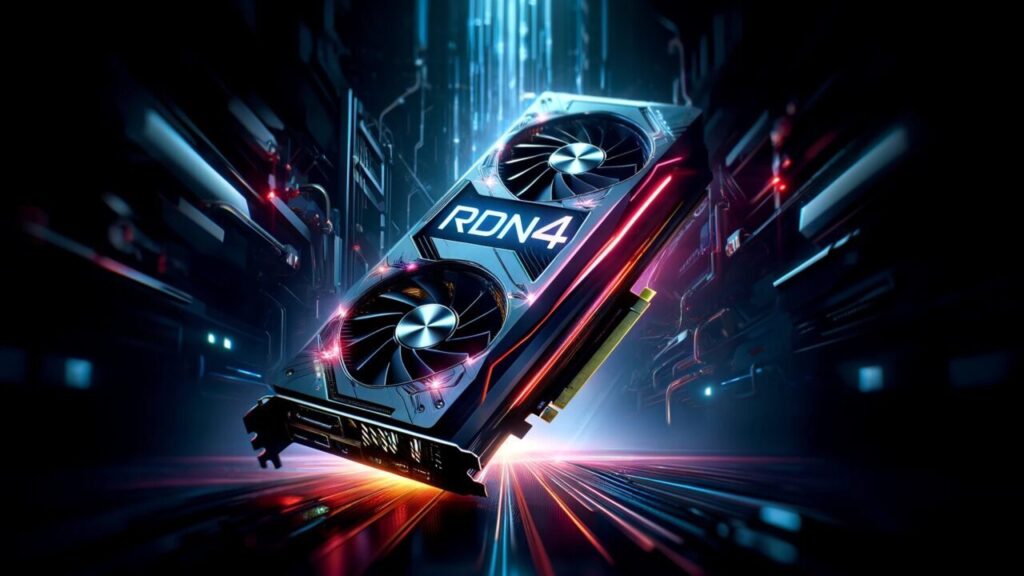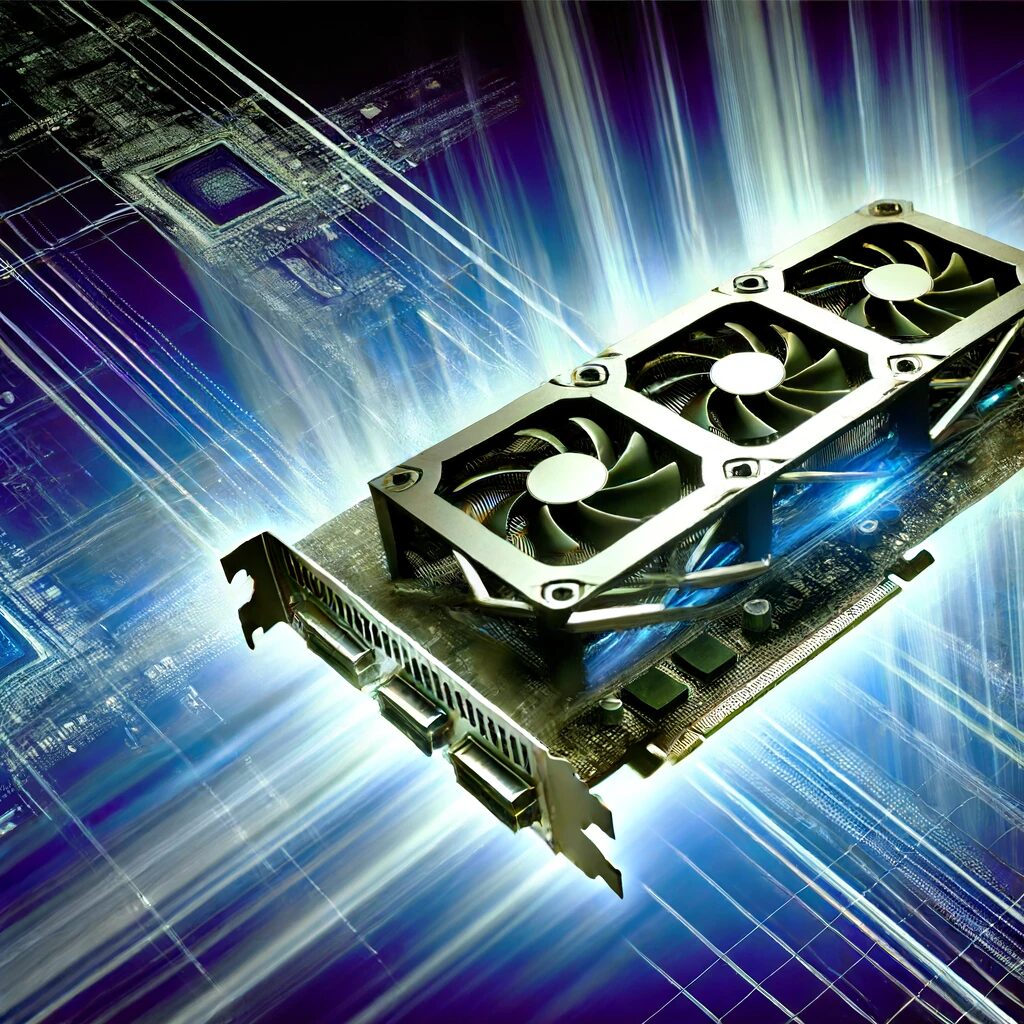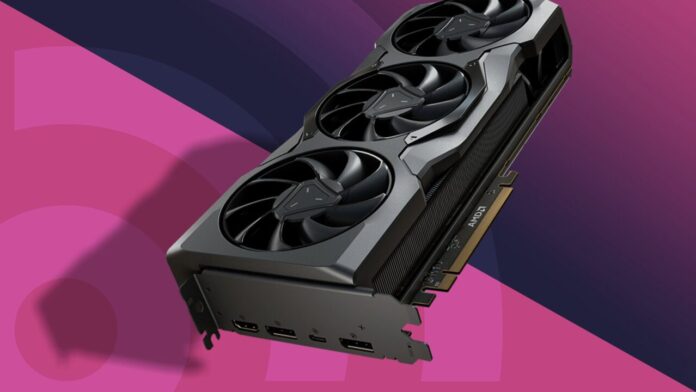AMD has secured a new patent that could potentially place it at the forefront of GPU technology. This patent introduces a modular GPU design that leverages multiple chiplets to create a flexible and scalable architecture. Here’s a closer look at what this new design entails and how it could impact GPU performance and the broader market.
The Multi-Chiplet GPU Design
The patent describes a GPU architecture that divides the GPU into multiple chiplets. Each chiplet set includes a frontend die and several shader engine dies. This modular approach allows these chiplets to be configured in various ways:

- Unified GPU Operation: Multiple chiplet sets can combine to function as a single, powerful GPU.
- Independent Operation: Alternatively, each chiplet set can operate as an independent GPU.
- Hybrid Configuration: Some chiplet sets can function as a unified GPU while others operate independently, offering flexibility based on performance and application needs.
Advantages of Multi-Chiplet Design
- Scalability: This design enables GPUs to scale performance and resources based on product requirements or operational modes, which can lead to more efficient and versatile GPU solutions.
- Cost Efficiency: By allowing critical components to be manufactured using the latest technology and less critical frontend logic with older, more cost-effective silicon, AMD can potentially reduce production costs.
- Innovation: The modularity of this design allows for more rapid innovation and customization, which could lead to more specialized and high-performance GPU models.
Competitive Edge
AMD has already applied a basic version of this chiplet philosophy in some of its RDNA 3 GPUs. This new patent, however, represents a more advanced and versatile application of the concept. This patent could give AMD a significant edge over competitors like Nvidia, which is also rumored to be exploring chiplet designs for its upcoming GeForce RTX 5000 series.

Market Impact
If successfully implemented, this patent could lead to:
- Enhanced GPU Performance: By optimizing the allocation of GPU resources, AMD could deliver GPUs with superior performance capabilities.
- Reduced Production Costs: The ability to use different silicon types for different parts of the GPU could make production more cost-effective.
- Increased Flexibility: The modular nature of this design could allow for more customized GPU solutions tailored to specific market needs.

Conclusion
AMD’s new multi-chiplet GPU design represents a significant innovation in GPU technology. By allowing for scalable, cost-effective, and flexible GPU architectures, AMD is poised to maintain and even extend its competitive edge in the GPU market. This design not only promises enhanced performance but also opens up new possibilities for future GPU development.
What are your thoughts on this new GPU design? How do you think AMD’s innovative approach will impact the GPU market? Share your views in the comments below!

